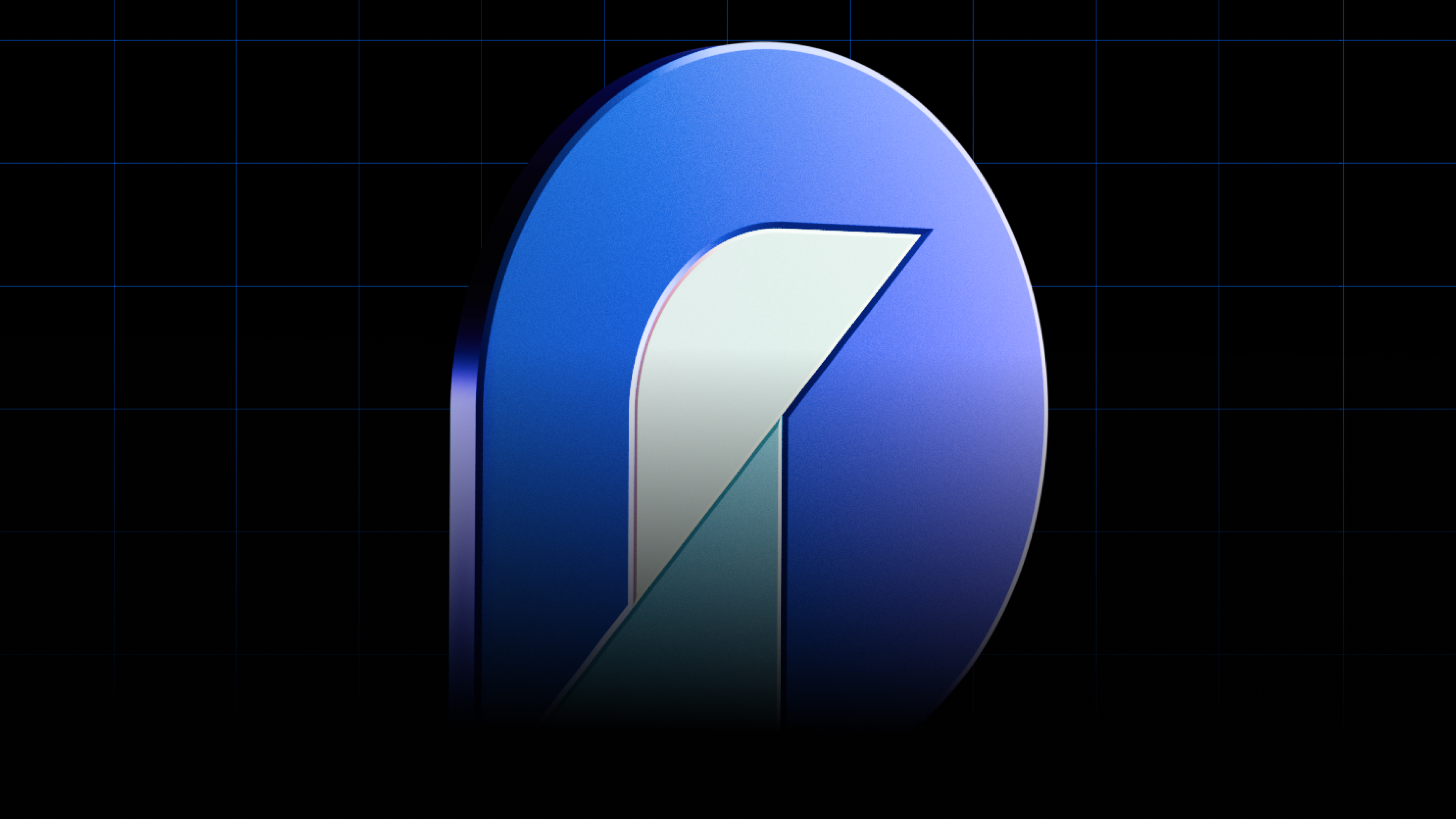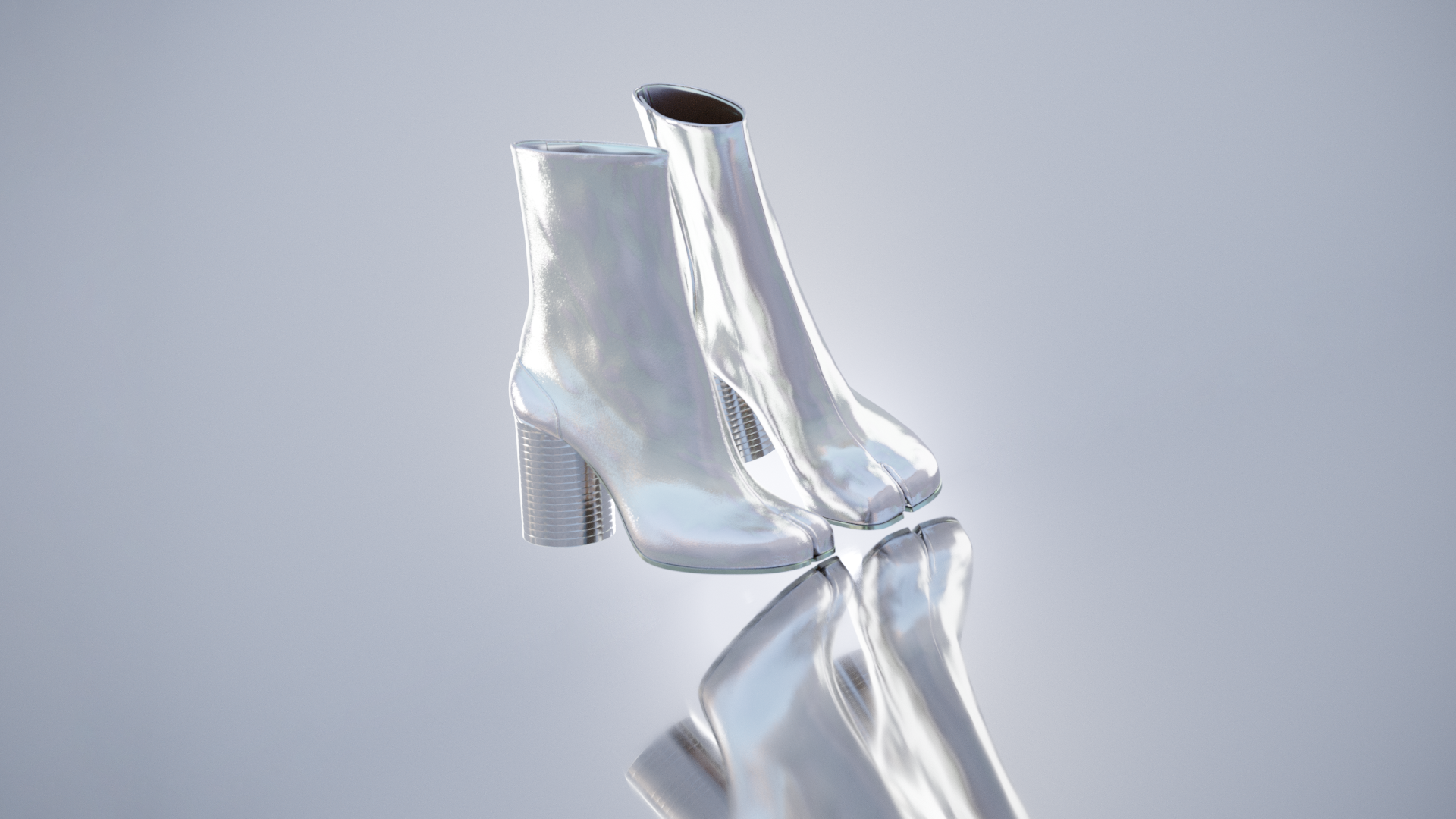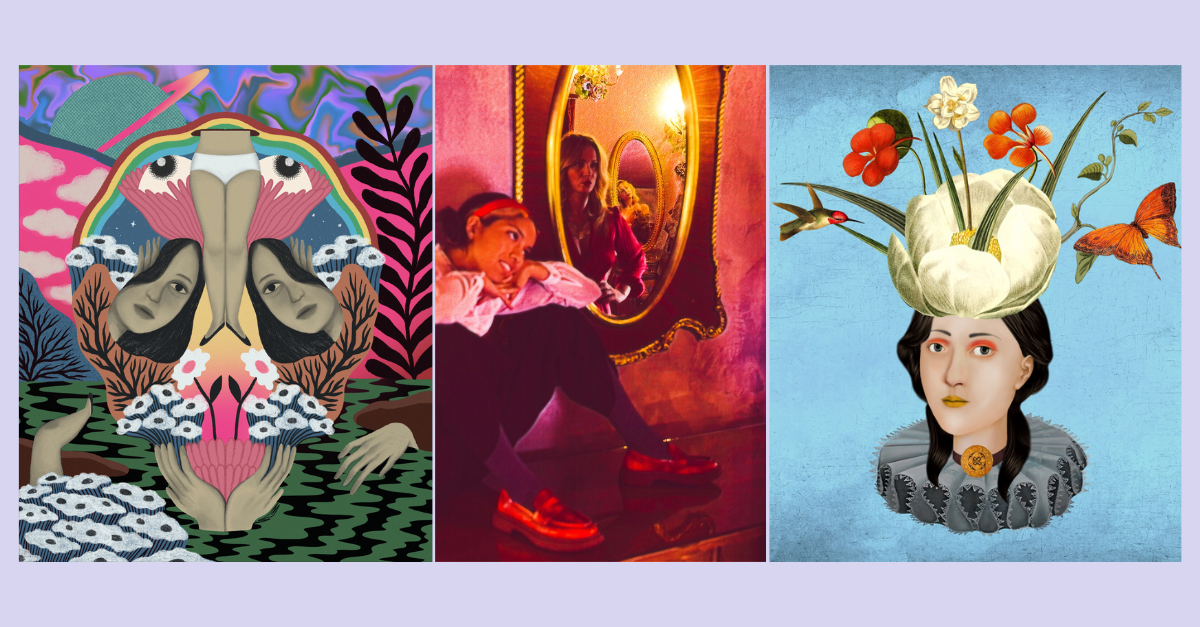A venue for generative art hosted and authenticated immutably on the Ethereum blockchain
Thanks to the Art Blocks team for publishing this article with us! If you’d like to write a guest post for our blog, let us know at contact@opensea.io.
Introduction to Art Blocks
Generative art, also known as code art or algorithmic art, is the process of using lines of computer code, as opposed to human hands, to create a visual output. While a painter might spend 20 hours meticulously controlling a brush to produce a single work of art, a generative artist might spend those same 20 hours programming a computer to draw their desired output to a screen. This is significant, because after that coding is complete, the artist can then generate seemingly endless iterations of that original output by changing only a few variable elements in the code. This is usually done by assigning random values to these variables, and so an artist might sit in front of the computer and press the [ENTER] key over and over reviewing the possible outcomes and picking the best ones to share and publish.
Art Blocks is hosting generative/algorithmic art like what is described above, however we have a slightly different process for publishing artwork than what has been historically available for generative artists.

Prior to the existence of Art Blocks, a generative artist would write an algorithm, and then once satisfied with the results would generate various iterations manually and explore them to either pick one (or a handful) to publish, or go back to the algo and generate some more iterations. In the crypto art world, the artist would then “mint” the artwork as a non-fungible token (NFT) on a platform and then announce the new piece to the world. The minting process generally happens by uploading the artwork to IPFS or another distributed storage platform, and then taking the hash of the image, which is used to verifiably prove authenticity of that exact image, and permanently associating it with the NFT. This is the most common process for publishing artwork using blockchain technology, and while the information stored on the token cannot directly be used to reproduce the artwork itself, that information can be used to prove that an artwork is in fact the genuine content that is represented by the purchased token.
Art Blocks takes a purely blockchain native approach to generative art by removing various of the steps noted above. When an artist deploys a project on the Art Blocks platform, they simply upload the generative algorithm to the blockchain. That algorithm is the same one that the artist might have used to generate outputs before, however it is missing the randomly generated variables that make each output unique.
These variables are instead stored on an NFT token in the form of what we call a “hash string”. This sequence of hexadecimal characters acts as a seed that provides the artist’s algorithm all of the variables it needs to produce deterministic and authentic works of generative art. A hash string might look like this:
0x722899b10c66da3b72fb60a8e71df442ee1c004547ba2227d76bed357469b4ea
The algorithm is useless without the seed, and the seed is useless without the algorithm.
So when you view the “live script” of an Art Blocks piece, your browser is being served a combination of the artist’s algorithm AND the seed that controls the various components of the artwork that make the artwork unique. In real time. The expectation with Art Blocks pieces, particularly the “Curated works”, is that the same token seed will produce the exact same output forever, no matter what. This is why we refer to Art Blocks pieces as being “deterministic”. Each seed should produce a verifiably unique output, and that output must be identical every time it is produced with the same seed.
On Art Blocks, the artist essentially gives up control of the outputs when he or she uploads an algorithm to the platform. So when a user comes to purchase a piece of art, they are generating that artwork at the time of purchase. Every single purchase is unique and creates that non-fungible token (NFT) which uses blockchain technology to prove ownership and guarantee unique results for each piece.
One way to look at it is like a vending machine for art where you choose a project because of the overall aesthetics, but don’t actually know what you’re going to get until it is generated by your purchase.
Curated vs. Non-curated Projects
Originally Art Blocks was going to be a host for anyone that wanted to create generative content on the Ethereum blockchain. While being an open and diverse platform is still the goal, the unexpected early success of Art Blocks and strong participation of the collector community has prompted a shift towards starting with a more curated approach. This means we would like to maintain a high quality level for the content that will be promoted as an official “drop” on the Art Blocks platform.
These drops have found a rhythm of happening roughly once a week. When I first announced Art Blocks to the community, the intention was to initially release projects on a monthly basis, or even less, depending on demand. Well, that demand has proven to be well above initial expectations, both in terms of the speed in which the drops sell out and the flood of incredible generative content coming through our application process. We are already working with artists that I genuinely thought would not be interested in Art Blocks for at least a year after launch. As a result, we have created a curation board to help navigate which projects are deemed strong enough to fall within the official “Art Blocks Curated” collection.
This curation board is there to help refine the projects that are launched on Art Blocks in an attempt to satisfy the best interests of both the artists and the collectors of the artworks, while helping maintain the integrity of the platform itself. Given the incredible opportunity that blockchain technology creates for transparent and decentralized voting protocols, we intend to eventually migrate the board decision making process to something more in line with blockchain voting. We might be a ways out from that, but definitely something to look forward to as the project grows!
Besides curated artworks on the platform, we have a couple of other avenues for artists to express their generative creativity. One is the “Artist Playground” section which is used to showcase works from artists that have been previously curated. There are some rules to participate, but mainly this section only allows for an artist to deploy one project at any given time and must sell the entire thing before being allowed to deploy another. The purpose of the playground is to eventually have a nice section of Art Blocks where a collector can casually browse and experience generative art without the rush and competitiveness of the curated pieces. These are of course genuine Art Blocks pieces but not considered part of the official curated set so that collectors can concentrate on either keeping up with the curated elements of the platform or possibly collecting works from a single artist instead.

Collectability
Art Blocks artworks are creating an interesting “collectible” opportunity for art. Seeing the strong collector mentality in the crypto space it is not surprising that people are putting together Art Blocks collections as “sets”, particularly of the Art Blocks curated pieces. The reason this is possible is the high number of unique pieces that are created during each new drop plus the added excitement that each piece is guaranteed to be unique within each drop. It is like the volume potential of ERC1155 tokens as a collector item but with originality between each mint.
There have been plenty of models of collectability in the sports and gaming space, but in the art space Art Blocks is creating a compelling model for collecting art. The fact that a platform like CryptoSlam, which is dedicated to tracking collectibles and has been looking for an entry into the crypto art arena, has listed Art Blocks is further validation of the potential for Art Blocks to be a staple in the collectible world. At the same time, Art Blocks is all about the art itself, so the fact that a collectible can also be a potentially historic piece of generative art is a beautiful thing! Especially when the art/collectible is stored on chain giving it a “premium” place in terms of value and immutability.
We are currently in the middle of our second series of Art Blocks which constitutes all of the curated pieces launched between January 1, 2021 and the end of March. The 2020 series, which is a very limited set of 6 artworks, is enjoying extra attention as the very first Art Blocks curated set. Look for sets to be capped on a quarterly basis and contain roughly 10-12 curated pieces each.
Interactivity
One last feature that I’m excited about with Art Blocks is the potential for interactivity. While not all generative artworks on the platform are interactive, the fact that the NFT is actually a script being run in your browser enables features that go well beyond the capabilities of traditional graphic based NFTs. Curated works including Chromie Squiggles, Dynamic Slices, Ignition, Nimbus, HyperHash, Unigrids, and Spectron are interactive and or animated! These are not animated GIFs, but live generative animations. For example the Ignition piece by artist ge1doot can be spun and zoomed in and out of, and if you click and hold you’ll see the lasers turn on and off at your command. You can run these artworks at any resolution and be experiencing the art in full resolution similar to how a vector piece can be scaled infinitely without loss of quality. All curated pieces are required to be resolution agnostic for this purpose. We are looking forward to pushing the boundaries of NFTs and digital asset ownership with the limitless potential that script based works running on the Art Blocks platform can provide.
Links
Art Blocks home base is our Discord server. Please join us there to keep track of our roughly weekly curated drops as well as the incredible work being deployed by previously curated artists in the Artist Playground. There is an events channel where you can sign up for reminders about upcoming curated drops as well as individual channels for each artist where they will independently announce their playground works. Please also follow us on cryptoTwitter and Instagram for the latest happenings on the platform.









.png)

.png)
.png)
.png)
